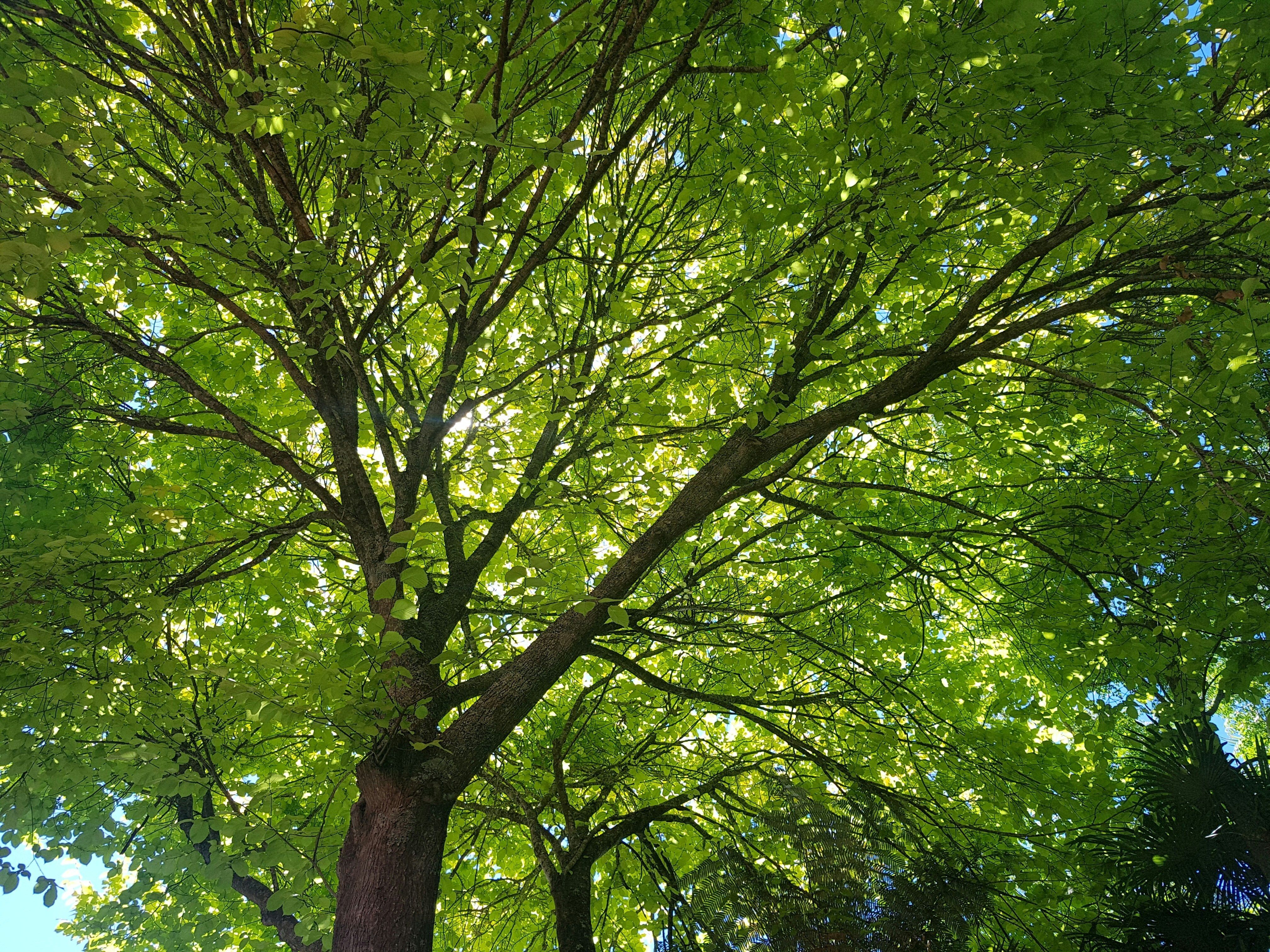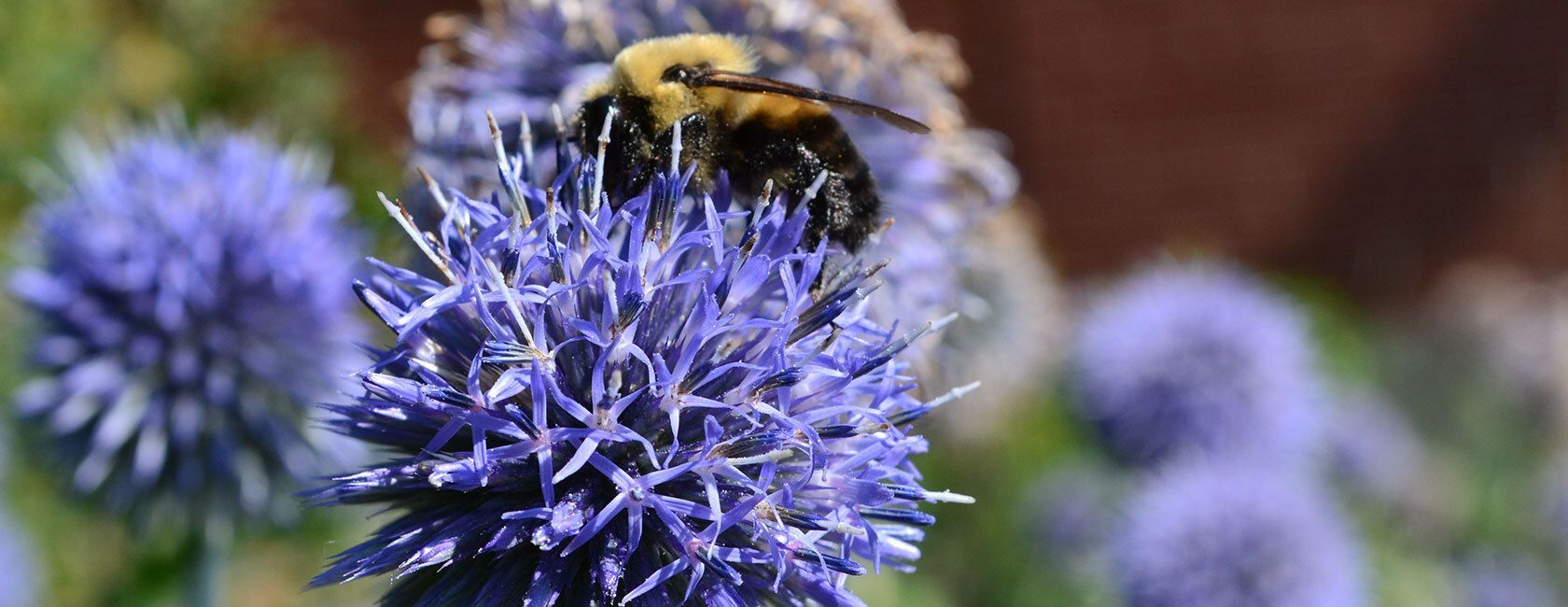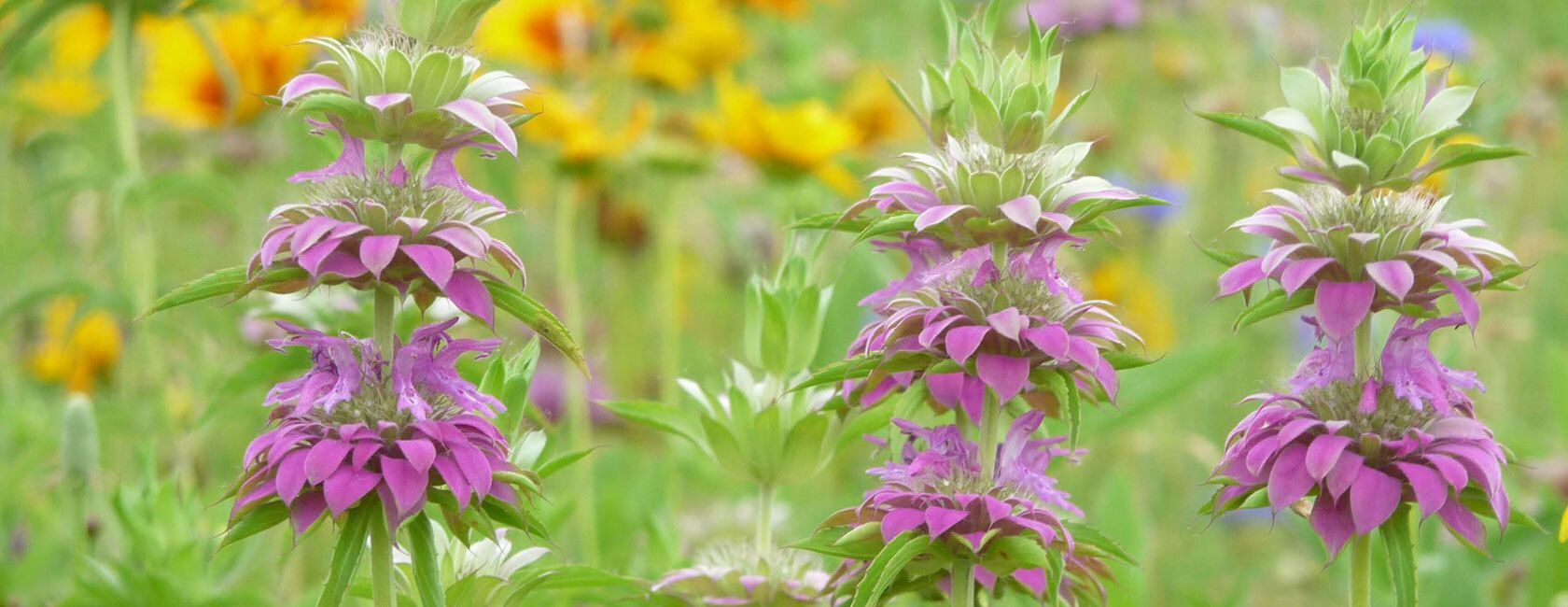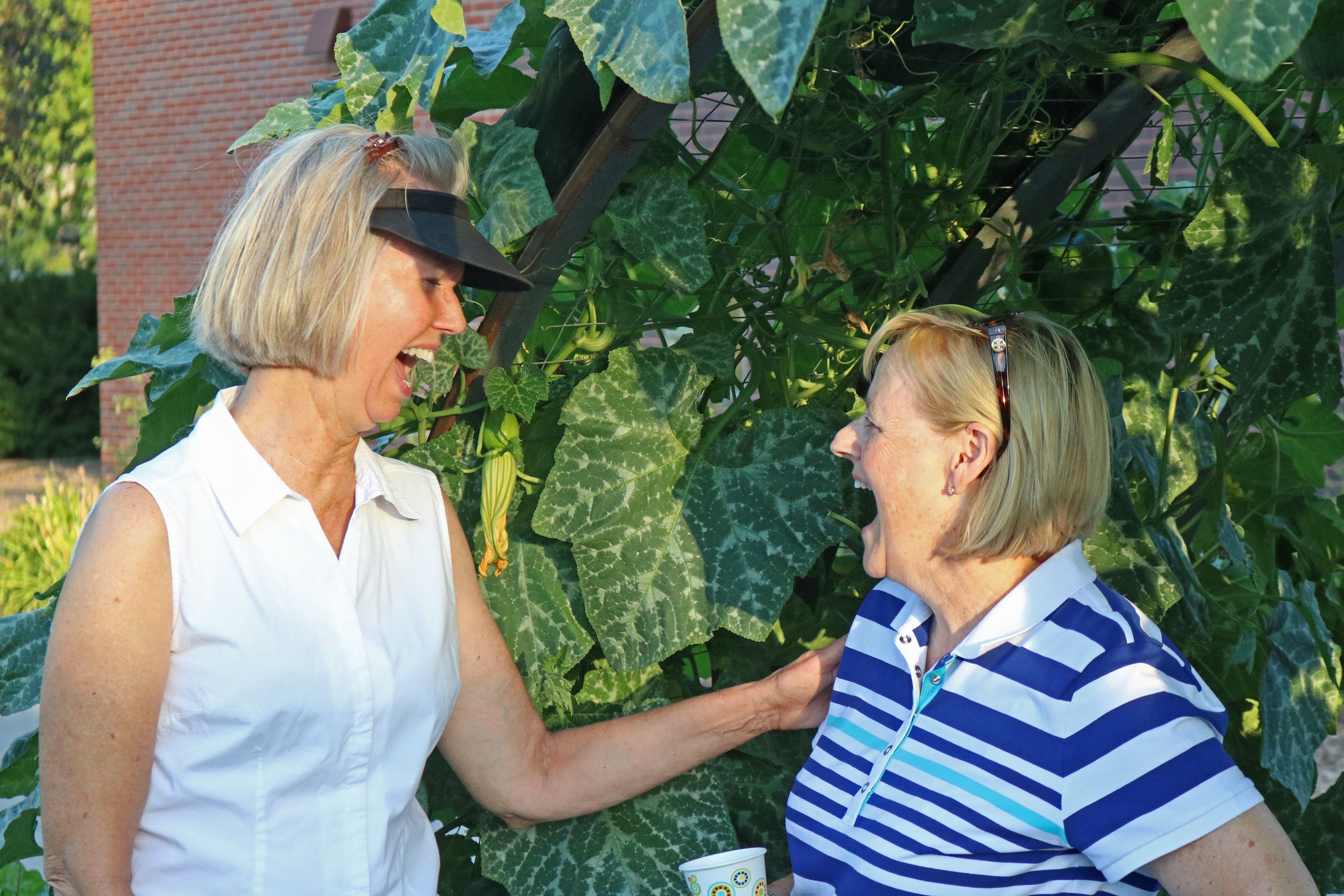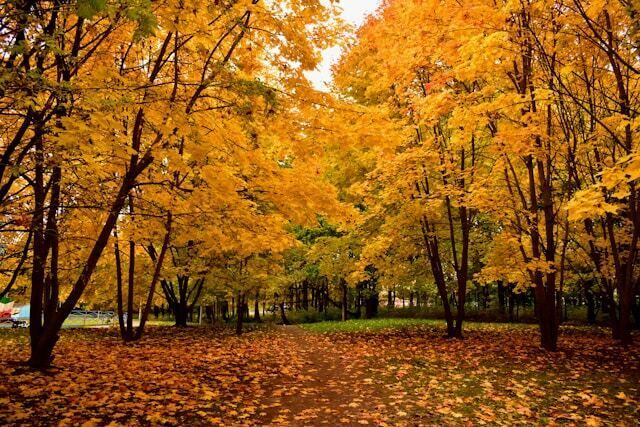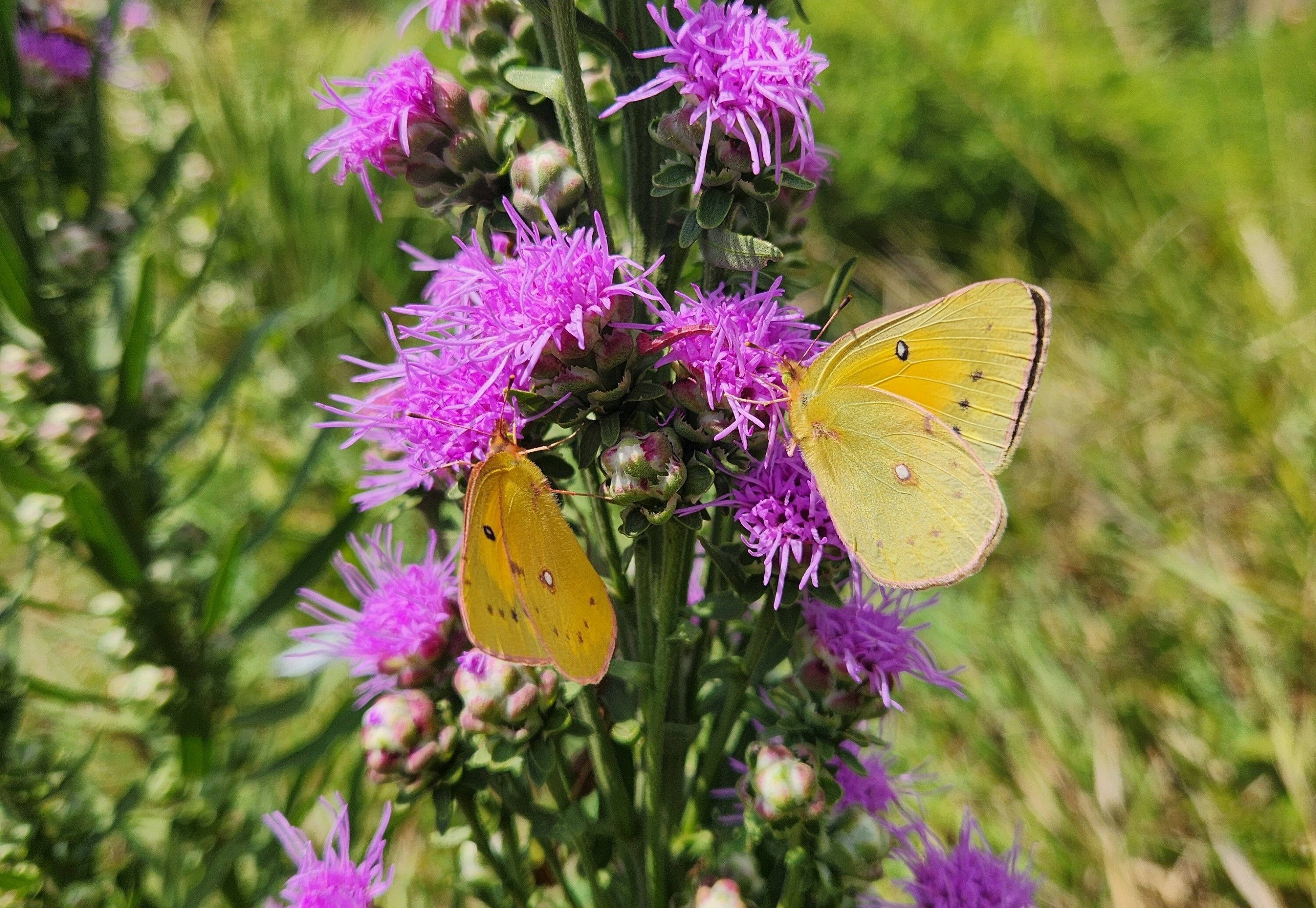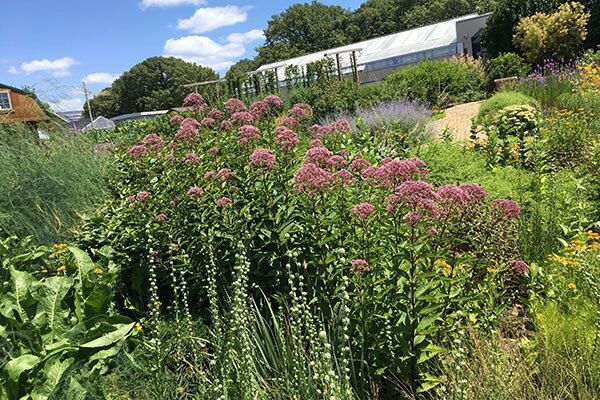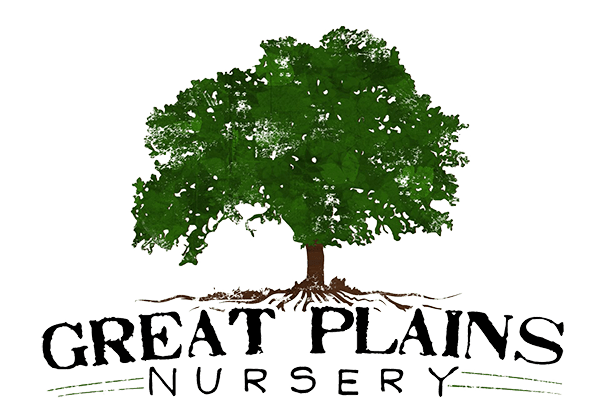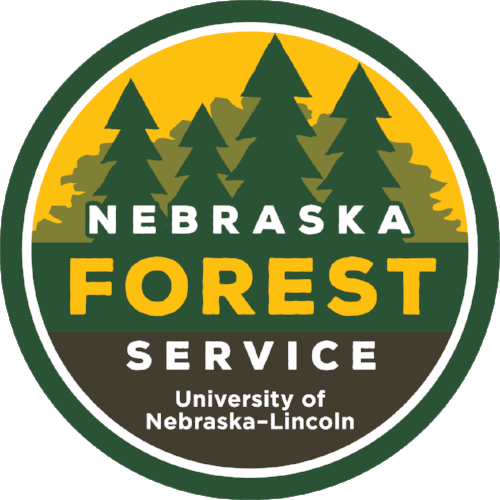
It's getting to be that time of year again: as the leaves begin to blanket your yard, you might be getting itchy to rake them up.
Resist the rake -- leave the leaves! According to Bee City U.S.A. and other environmental experts, leaves, hollow and pithy stems, brush piles, dead wood, soil and flower heads all provide important winter shelter for many invertebrates, including native bees. Here are some more benefits to leaving your leaf litter, courtesy of Bee City U.S.A.:
- Bumble bees queens burrow an inch or two into the earth to hibernate for winter. An extra thick layer of leaves is welcome protection from the elements.
- Tunnel-nesting solitary bees, such as leafcutter and mason bees, need narrow tunnels or other tiny spaces in dead wood, hollow stems, or brush piles.
- Red-banded hairstreak butterflies lay their eggs on fallen oak leaves, which become the first food of the caterpillars when they emerge.
- Woolly bear caterpillars tuck themselves into leaf piles for protection from cold weather.
- Luna moth caterpillars spin their cocoons in leaves, which fall as trees shed their foliage and lie hidden on the ground.
You can leave the leaves right where they are, rake them into piles or use them to mulch garden beds...just don't shred them too vigorously, as that will destroy any insect eggs or larvae that are present.
Contrary to popular belief, because they are chock-full of nutrients, including, nitrogen, phosphorus and potassium, leaving the leaves on your lawn can also actually help the grass,
"Those nutrients are being returned to the soil," Susan Barton, a professor and extension specialist in landscape horticulture at the University of Delaware who was recently interviewed by NPR. "But probably even more important than that, it's the organic matter. It's the fact that you've got this tissue that then eventually decomposes and improves the soil health."
However, you might want to consider thinning out the leaves, spreading them over garden beds or piling some of them up in a corner of your yard, as leaves that are layered too thickly can damage the grass over time.
To help you communicate about the benefits of leaving the leaves (and explain to your neighbors why your yard is perhaps looking a little more unkempt than usual) we have some signage for sale in our store (pictured above). While you're there, check out our other planty merch and maybe get a jump on your holiday shopping!

